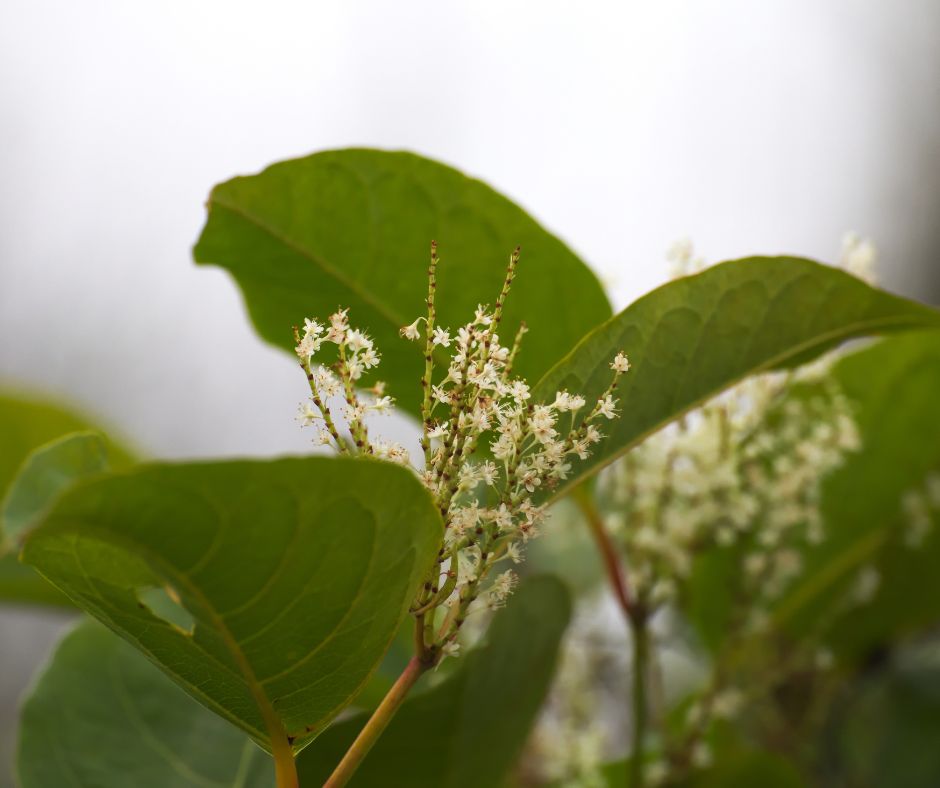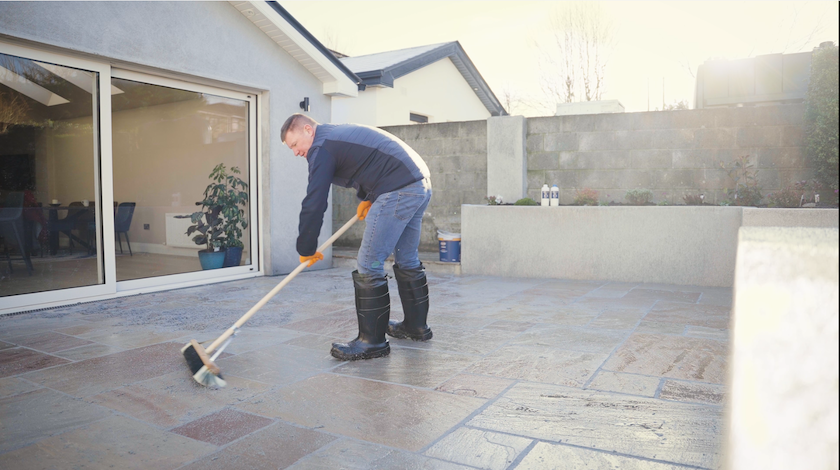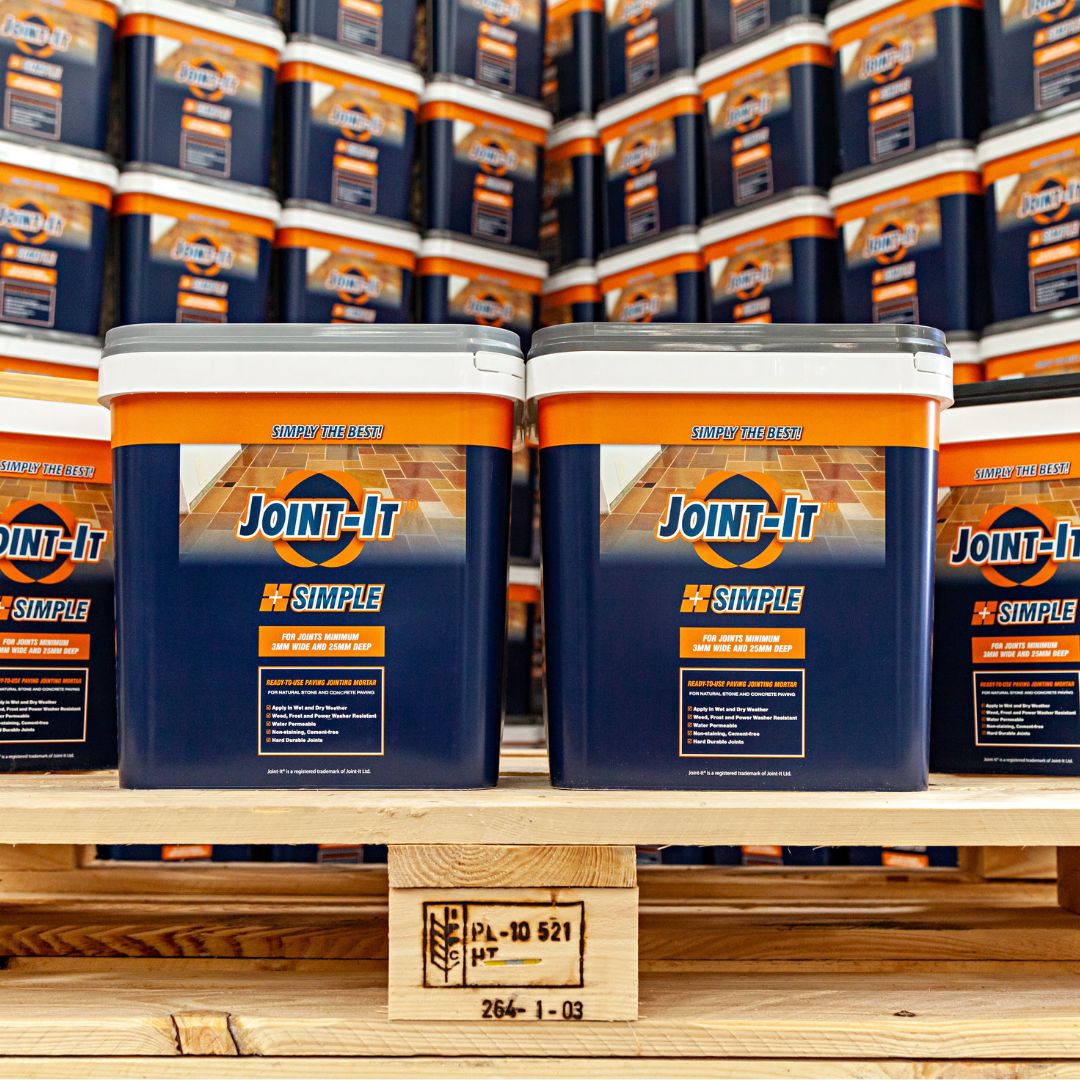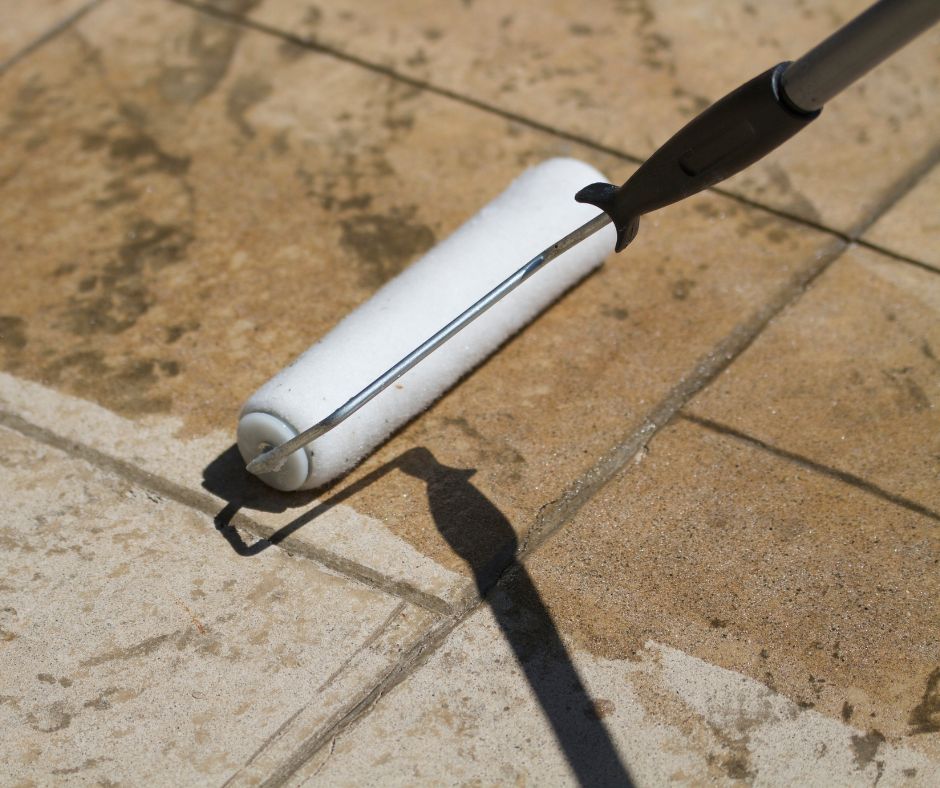Planning for the future is just as important for our gardens as it is our homes, sometimes even more so. Following the recent spate of warmer weather and more intense storms, explore these eight practical ideas for future-proofing your garden and creating a thriving – and eco-friendly – outdoor space for years to come.
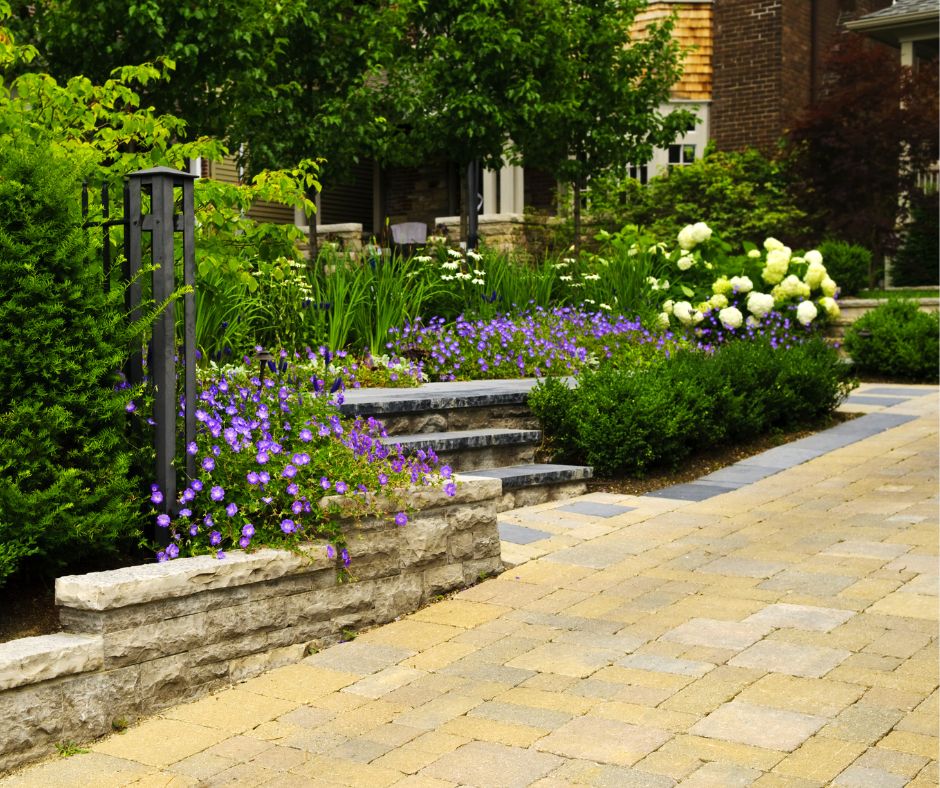
#1 Consider eco-friendly garden practices
One of the key aspects of future-proofing your garden is to explore more sustainable gardening practices from the get-go.
Start by utilising the water that lands on your property and reusing it for watering plants. Read the next couple of pointers for specific water-wise tips.
Another eco-friendly practice, particularly for summer months, is to mulch plants to retain moisture and nutrients in the soil and reduce the amount of watering you do.
Organic gardening methods, including composting, worm farms and using natural pest control, reduces the need for harmful chemicals and promotes a healthy ecosystem within your garden. Composting and worm farms are great tools for improving soil quality and maintaining healthy plants that pests and fungus are not attracted to in the first place.
#2 Collect and re-use rainwater
Water. Sometimes we have too much, and then we can have too little.
Use clever garden designs to make use of rainfall when it happens and that can store it or naturally soak it away for those times when it doesn’t.
Install a rainwater butt to collect rainwater for use on the garden. Smart irrigation systems can be set-up that adjust watering schedules based on the weather conditions and soil moisture levels. They also offer a great time-saving device for you!
Another tip is to group together plants with similar water needs to optimise water usage.
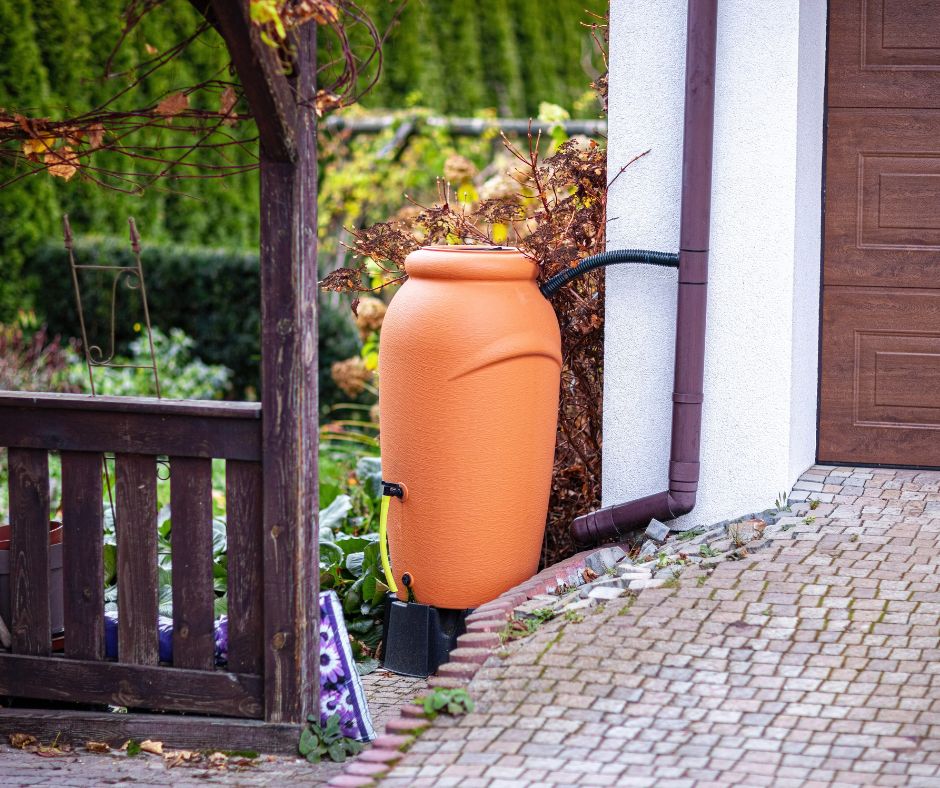
#3 Improve drainage
Design areas of the garden that will absorb rainwater into the ground, replenishing the water table and stopping excess run-off that can contribute to local flooding issues via overflowing drains, rivers or streams.
By improving your garden’s drainage you will also prevent areas from becoming waterlogged.
Permeable paving can be used for hard surfaced areas. Using either permeable stone, permeable grouts (like PremJoint or PolySweep) – or other fully permeable systems like resin-bound paving – this type of hard surfacing allows rainwater to naturally soak into the ground below and recharge groundwater supplies.
Note: for fully permeable paving you will need to install a permeable bedding mortar below the pavers.
If you are redesigning a front garden in the UK and proposing a paved area larger than five square metres, you must use permeable paving or a design that incorporates sustainable drainage to avoid seeking planning permission.

#4 Create shade and reduce glare
Regular summer heatwaves make shade a necessity in our gardens – and not just for us but for our plants too.
Create a variety of areas of shade using trees, large plants, walls, fences or hedges to offer some solace from the sun. During winter they will help to protect plants from frost.
Choosing light-coloured paving materials will absorb less heat than dark patio tiles, making your outdoor space a little cooler when the sun is at its peak. Natural stones like Indian sandstone and Yorkstone provide stylish and light alternatives.

#5 Choose climate-resilient plants
Selecting climate-resilient plants is crucial for future-proofing your garden.
Look into which plant species thrive in your specific region and are adaptable to changing climatic conditions.
Native plants are often well-suited to local climates and require less maintenance. Local wildlife, including pollinators like bees, will also prefer these native species.
Drought-tolerant plants, such as succulents or Mediterranean species, can withstand periods of water scarcity.
If you want to cut-back on your gardening time, incorporate perennial plants that come back year after year. They will reduce the need for replanting and offer some long-term beauty to your garden.
#6 Encourage pollinators
Your garden can play a vital role in the ecosystem of your local area. By introducing a diverse range of plants, pollinating insects like bees, hoverflies and butterflies, will get in on the natural food source and improve biodiversity.
Plant a variety of flowers, shrubs and trees that attract pollinators. Native plants work best as they offer a food source that our pollinators love.
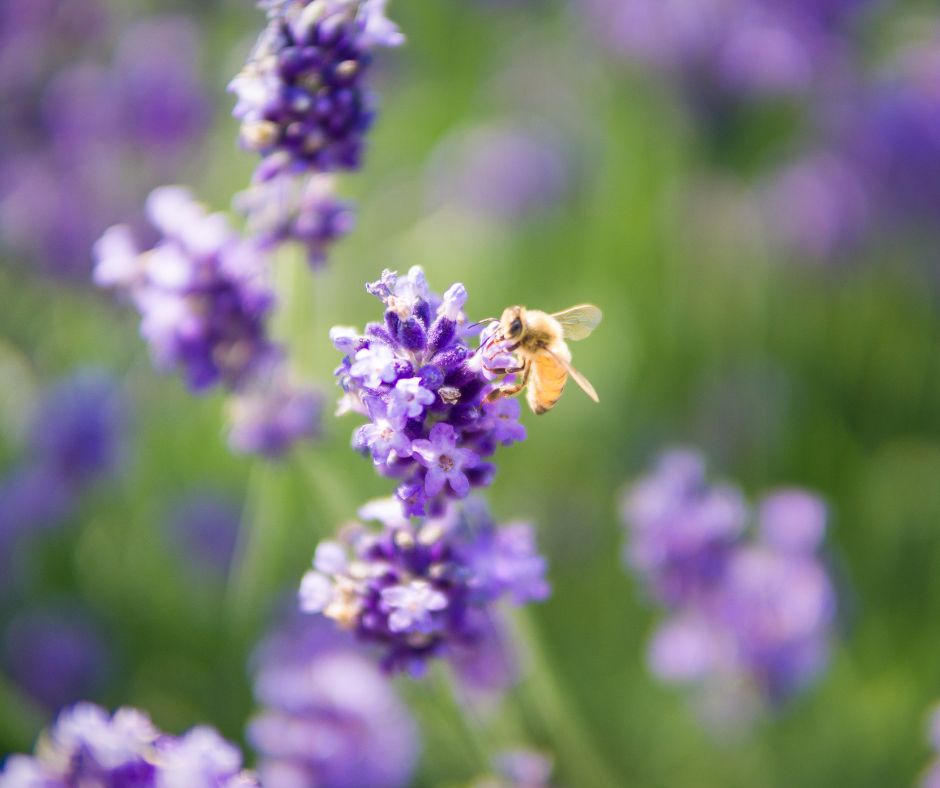
#7 Incorporate wildlife-friendly features
Natural pest control is possible within a healthy garden. Finding organic or natural alternatives reduces the reliance on chemical-laden pesticides, many of which are lethal to much-needed pollinators – and all other living things for that matter.
Birds, hedgehogs and other visiting creatures can all do their bit in helping to regulate your garden’s ecosystem by tucking in to any pests.
Incorporate birdhouses, birdbaths and feeders (just not too many) to attract feathered friends.
Hedgehogs love slugs and snails. Make sure there are entry points into and out of your garden for prickly visitors searching for food. You could even incorporate a hedgehog house to encourage them to stay for longer and feast on the unwanted slimey morsals.
#8 Regularly weed and remove invasive species
Weeding is not the job we often put our hands up for, but removing unwanted plants on a regular basis helps to keep your garden under control. And, you might find, a little weeding here and there stops the need for spending a full day of back-bending work on the task.
It’s important to identify that you are removing actual weeds when weeding. Some plants, like dandelions, are commonly known as weeds but are beneficial to our gardens and enjoyed by pollinators.
That said, if there are any invasive species in your garden like Japanese knotweed, you must remove them immediately to stop their spread.
Keep a close eye on what’s growing in your garden and ask your local garden centre if you need any advice.
